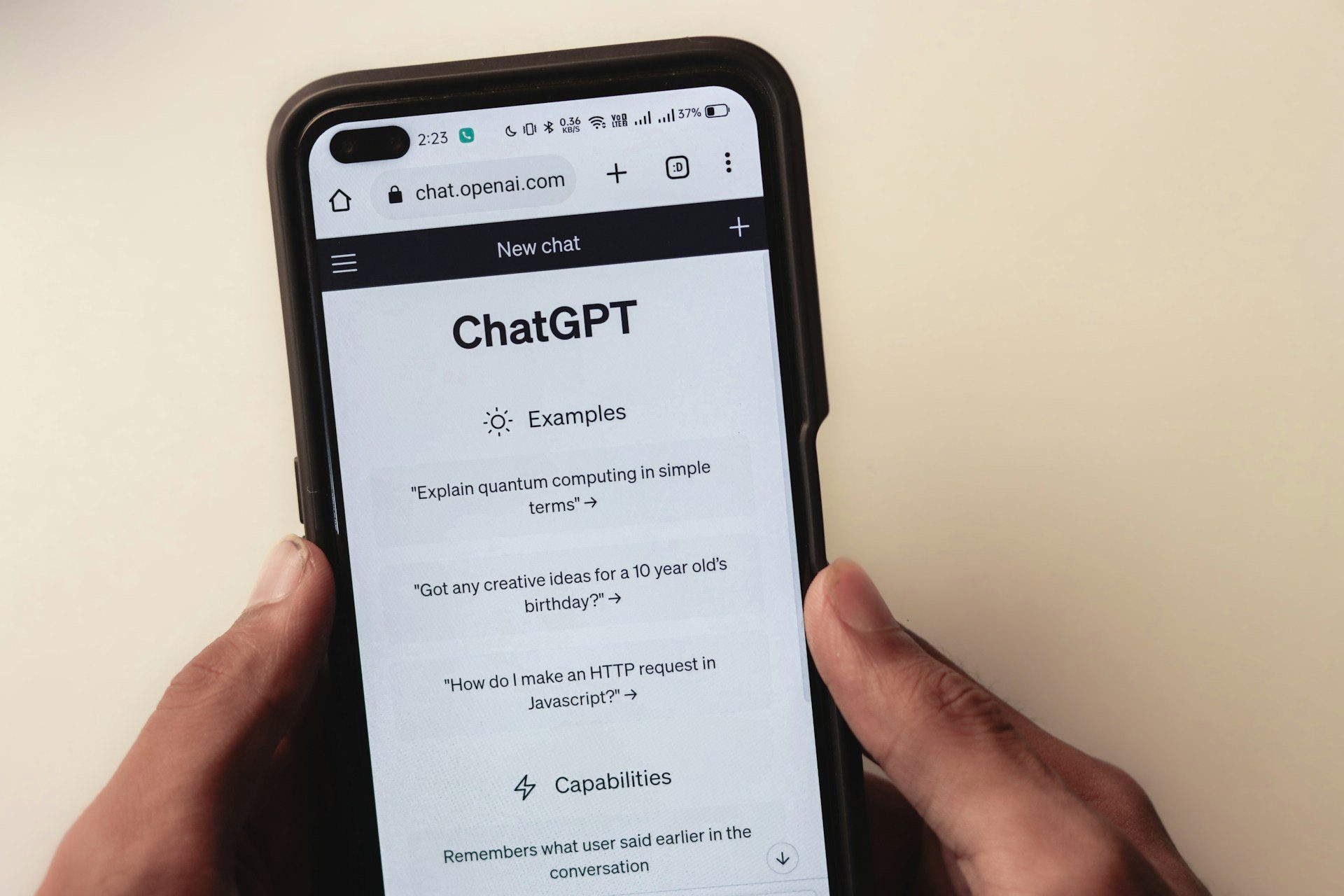HR Managers face many issues every day; however, none is more challenging than employee onboarding and recruiting. The need for talent is endless; however, the talent pool is shrinking gradually. Therefore, finding a way to find the ideal candidate despite the talent shortage is more crucial than ever. However, after identifying the perfect candidate, an even more significant problem is faced.
You wouldn’t want to spend lots of time recruiting employees only for them to leave even before starting out. All your efforts and resources will go wasted, and you’ll be returning to step one if your onboarding isn’t done right. This is where a well-structured and professionally delivered onboarding can perform some magic and help new team members understand the value of staying.
What Exactly Is Employee Onboarding?
Employee onboarding involves acclimating a new employee to their role within a company. The main objectives of employee onboarding are to help the employee become fully integrated into the company culture, feel like a valuable member of the team, and have a clear understanding of their roles and responsibilities.
Onboarding can also help reduce employee turnover rates, increase employee engagement and satisfaction, and improve job performance. The ideal medium for delivering employee onboarding is in person. But in our new world of remote work and cross-border employees, it is sometimes more practical to rely on online tools to deliver remote employee onboarding.Most remote employee onboarding processes are designed based on Live Meetings with Google Meet or Zoom to train the new employees and acclimate them to the new workplace. However, this is a very time-consuming process for both the candidate, the hiring manager, and all other participants in the onboarding process. Instead of your team reiterating the same information in onboarding meetings every week, they simply record these sessions once with tl;dv, timestamp the important moments, and share these with new hires. This new way of onboarding allows you to focus on what truly matters, making new employees feel welcome, instead of long sessions that simply repeat information that the new hire can take on a self-paced process. When done correctly, employee onboarding can save you hours of recruiting time and money.
What Are The Components Of An Employee Onboarding Program?
Employee onboarding programs should be designed to meet the demands of the organization and its staff. However, there are certain basic elements that must be included in every employee onboarding program, such as:
- Job description: The job description should be clear and concise and should include the essential duties and responsibilities of the position.
- Company policies: The employee should be given a copy of the company policies and should be made aware of any changes that have been made since the last update.
- Training materials: The employee should be given access to training materials, such as manuals, guides, and online resources. tl;dv can help you with pre-recorded material to ensure that the onboarding process is not only time-saving but also has all the key points highlighted with the timestamp feature of tl;dv.
- Orientation: The employee should be given an orientation to the company, its history, its culture, and its values.
- Mentorship: The employee should be assigned a mentor who can help them adjust to their new role and answer any questions they may have.
What Are The Steps Of An Employee Onboarding Program?
The steps of an employee onboarding program will vary depending on the needs of the company and the employee. However, some key steps should be included in all employee onboarding programs, such as:
- Introduction: The employee should be introduced to their new team and should be given a tour of the office.
- Training: The employee should be given training on their new role and should be given time to ask questions and practice.
- Evaluation: The employee should be evaluated on their progress and should be given feedback on their performance.
- Feedback: Employees should be given feedback on their performance and should be given opportunities to improve.
Employee onboarding is an essential aspect of the employee life cycle. A well-designed onboarding process may help a company save time and money by lowering turnover and increasing productivity. Employee onboarding also aids in the successful transition of individuals into new jobs by providing them with the tools and resources they require to be successful.
What Is The Purpose Of Employee Onboarding?
Employee onboarding is an important stage in the employee life cycle. A well-structured onboarding program may help a company save time and money by lowering turnover and boosting production. Employee onboarding can also assist new employees in their job by providing them with the tools and resources they need to be successful.
Employee onboarding has many benefits, both for the employer and the employee.
For the employer, employee onboarding can:
1. Save time
A well-structured employee onboarding program can save the company time and money by reducing turnover and increasing productivity. tl;dv extremely enhances productivity and saves time. Most meetings are tl;dv, but with our tool, you can quickly jump to any part of the process if you review your process. New employees may need to review certain parts when working, and the timestamp feature is the go-to time machine for such tasks.
2. Reduce costs
Employee onboarding can reduce training costs by ensuring that employees are properly trained from the start.
3. Improve morale
Employee onboarding can improve morale by making sure that employees feel welcomed and valued from their first day on the job.
For the employee, employee onboarding can:
1. Help them feel welcomed.
A good employee onboarding program will help the employee feel like they are part of the team from day one.
2. Help them understand the company culture.
A good employee onboarding program will help the employee understand the company culture and what is expected of them.
3. Help them be successful.
A good employee onboarding program will help the employee be successful in their new role by providing them with the tools and resources they need to be successful.
How Long Should Employee Onboarding Last?
The length of employee onboarding will vary depending on the needs of the company and the employee. However, most employee onboarding programs last between 2 weeks and one month.
What Is The Difference Between Employee Onboarding And Employee Orientation?
Employee onboarding is a process that helps the employee transition into their new role, while employee orientation is a one-time event that introduces the employee to the company. In addition, employee onboarding includes training, mentorship, and evaluation, while employee orientation typically does not.
Both employee onboarding and employee orientation are important parts of the employee life cycle. However, they serve different purposes. Employee onboarding is designed to help the employee be successful in their new role, while employee orientation is designed to introduce the employee to the company.
When Should Employee Onboarding Take Place?
Employee onboarding should occur after the employee has been hired and before starting their new role. This will ensure that the employee has all of the information they need to be successful in their new role.
How To Improve Employee Onboarding Process
These are some of the ways to improve your employee onboarding processes:
- Make sure that your employee onboarding program is well-structured and organized.
- Give employees the relevant tools and resources they need to be successful.
- Make sure that employees understand the company culture and what is expected of them.
- Offer a bonus or incentive for employees who successfully complete the employee onboarding program.
By following these tips, you can improve your employee onboarding process and help your employees be successful in their new roles.
Conclusion
Employee onboarding is a crucial stage in an employee’s career. Employee onboarding programs, when done correctly, can assist new workers in being successful by providing them with the tools and resources they need to succeed. Onboarding is beneficial to both the employer and employee. Don’t forget to utilize tl;dv for free on your next session!





